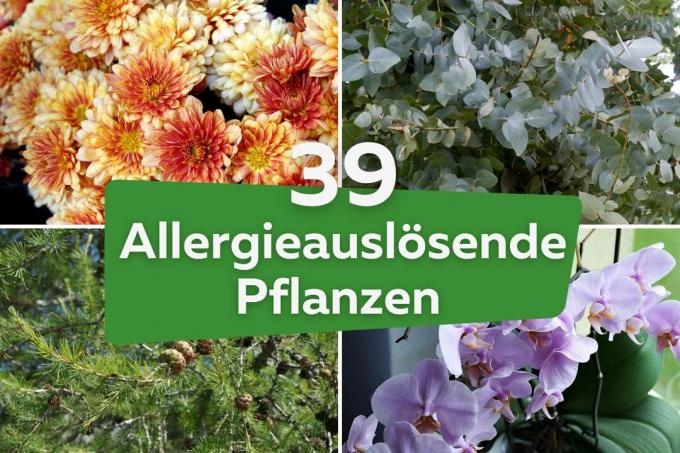
Allergy-causing plants are often found in your own premises, in the garden or in nature. Even popular ornamental plants are included. We introduce you to 40 plants that can trigger different allergies.
In a nutshell
- Plant dependent symptoms
- different triggers
- mild to severe allergic reactions possible
Table of contents
- Allergy-causing plants from A to B
- C to E
- G to K
- L to O
- P to T
- W to Z
- frequently asked Questions
Allergy-causing plants from A to B
ambrosia (Ambrosia)
Ambrosia or grape herbs belong to the daisy family (Asteraceae) and can be found almost worldwide as neophytes. They are among the highly allergenic plants and can trigger allergies even in people with good vitality.
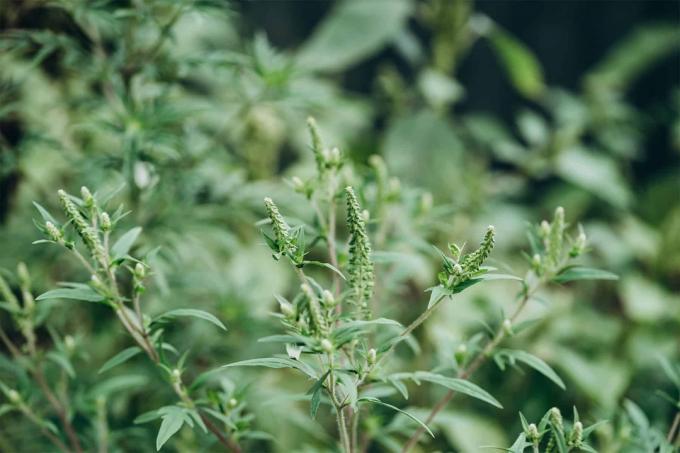
- Type of allergy: pollen allergy
- Symptoms: hay fever, inflammation of the mucous membranes, itchy palate, asthma
- Season: July to October
- Special feature: seeds are often over birdseed carried off
arnica (Arnica montana)
Arnica is one of the characteristic alpine flowers and is presented in yolk-yellow flowers. Despite its possible uses, it is a poisonous and allergenic medicinal plant.
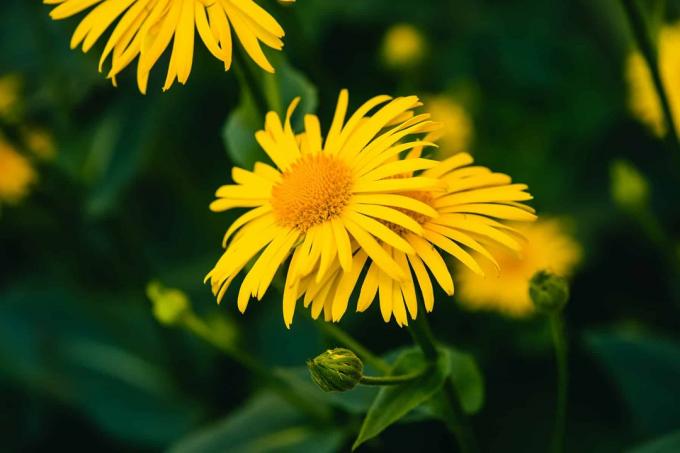
- Type of allergy: contact allergy
- Allergen group: daisy family
- Symptoms: reddening of the skin, skin irritation, wheal formation
- Special feature: Allergens also get onto the skin via products such as ointments
asters (Aster)
Asters can be found in numerous gardens and balcony tubs due to their variety of colours. Constant contact with the plant can cause allergic reactions.

- Type of allergy: contact allergy, pollen allergy
- Symptoms: mild hay fever, itchy eyes, skin redness, rashes, itching, swelling of the lips and tongue
- Season: Spring to November (species dependent)
- Special feature: allergic reaction to pollen only rarely due to insect pollination
bamboo (Bambusoideae)
Bamboo has evolved due to the various uses established in domestic gardens, as a privacy screen and houseplant. All species belong to the sweet grasses (Poaceae), which allergy sufferers should consider before purchasing.

- Type of allergy: pollen allergy, food allergy
- Symptoms: hay fever, asthma, itchy gums, rash, swelling of the throat and throat
- Special feature: periodic pollen count with flowering every 60 to 130 years (depending on species)
mugwort (Artemisia vulgaris)
Despite its use as a spice plant, mugwort is one of the classic allergy plants. Due to the extensive distribution area, many people are affected.
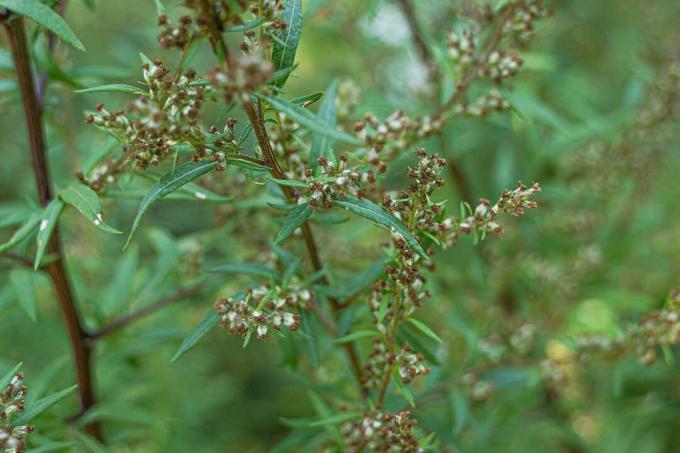
- Type of allergy: pollen allergy
- Symptoms: hay fever, shortness of breath, chest pain
- Season: May to September
- Special feature: Cross allergy with ragweed (mugwort-ragweed complex)
birches (betula)
Birch trees are part of the landscape of Central Europe and are feared by many allergy sufferers in spring. Since they produce a lot of pollen, severe allergic reactions are typical.
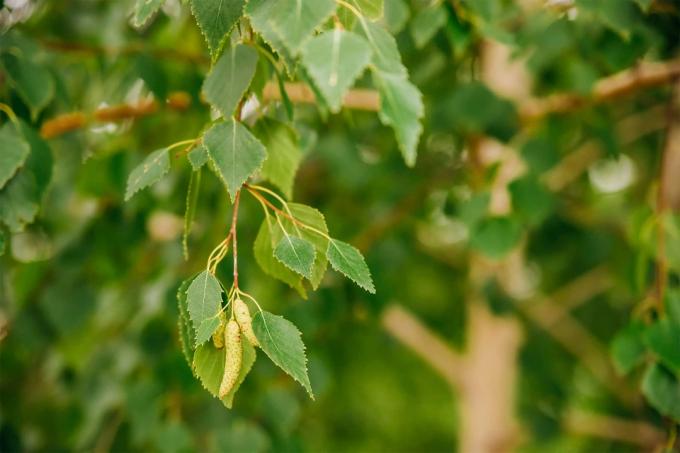
- Type of allergy: pollen allergy
- Symptoms: hay fever, headache, exhaustion
- Season: March to July
- Cross allergies: hazelnuts, apples
birch fig (Ficus benjamina)
Weeping figs trigger allergies more often than many owners of the popular indoor plants suspect. The plant sap in particular has it all.
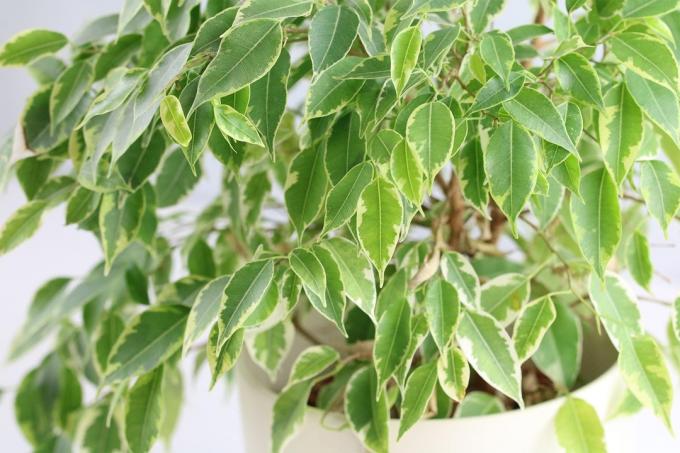
- Type of allergy: contact allergy (latex), pollen allergy
- Symptoms: hay fever, bronchial asthma, conjunctivitis, reddening of the skin, rashes, itching
- Special feature: Pollen allergy is triggered by the smallest plant components
nettles (Urtica)
It is not only stinging hairs that cause painful encounters with stinging nettles. Along with other wild plants, they are among the most common allergy triggers in Central Europe.
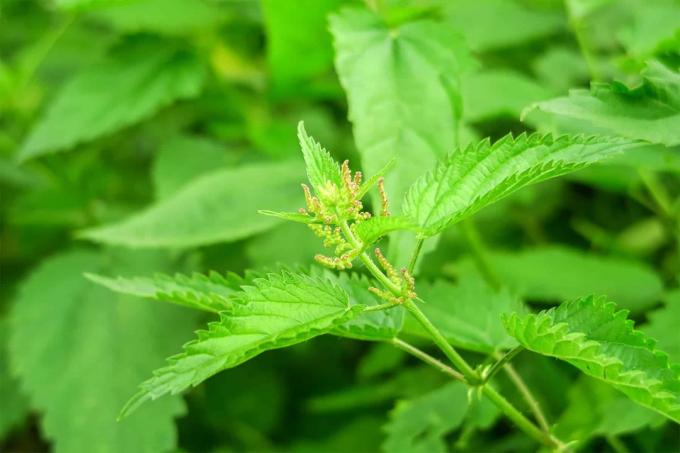
- Type of allergy: pollen allergy
- Symptoms: hay fever, difficulty breathing, inflammation of the mucous membranes, bronchial asthma
- Season: July to late September
- Special feature: Wheals on the skin are caused by stinging hairs, not an allergic reaction
C to E
Christ thorn (Euphorbia milii)
Christ's thorn comes from Madagascar and is often called a thorn because of the appealing flowers decorative houseplant held. Due to their plant juices, allergy sufferers should be careful.
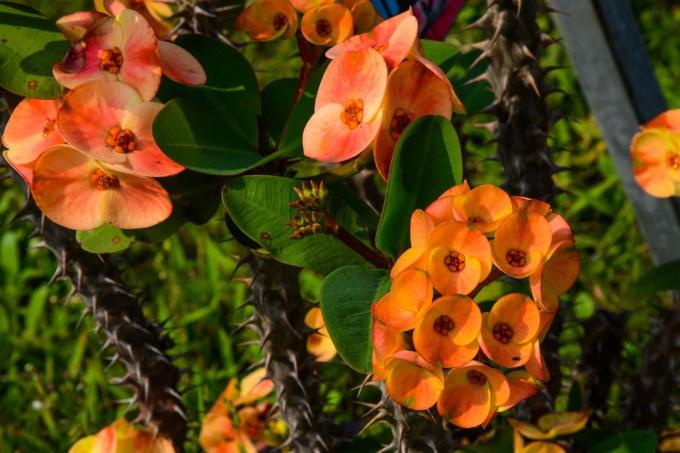
- Genus; Spurge (Euphorbia)
- Type of allergy: contact allergy (latex)
- Symptoms: skin redness, swelling, rashes, shortness of breath, anaphylactic shock
chrysanthemums (Chrysanthemum)
Chrysanthemums are among the ornamental flowers that most often cause allergies through intensive contact. It doesn't matter which of the pretty plants it is.
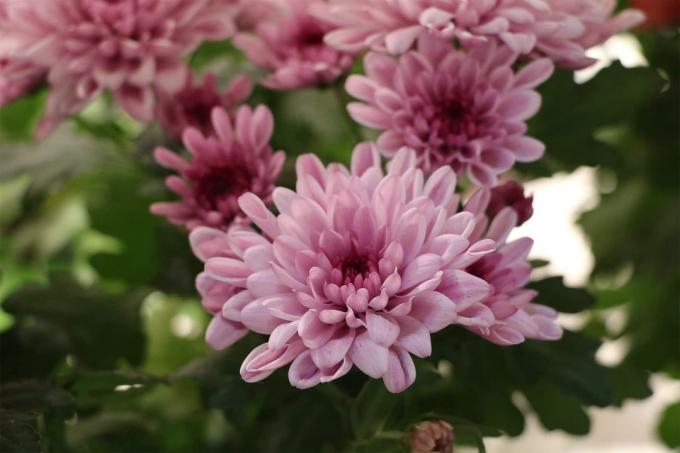
- Type of allergy: contact allergy, pollen allergy
- Symptoms: hay fever, coughing, pustules, rashes, wheals, swelling
- Special feature: Pollen allergy is triggered by the smallest plant components
dragon trees (dracaena)
Recognizable by their characteristic growth and easy-care species, dragon trees can be found in many households undemanding ornamental plant want to cultivate. In addition to the slight toxicity in all parts of the plant, the asparagus family (Asparagaceae) is not recommended for allergy sufferers.

- Type of allergy: contact allergy
- Symptoms: skin irritation, reddening of the skin, swelling, irritation of the throat, asthma (rare)
- Special feature: the smallest parts of plants in the air can trigger allergies
ivy (Hedera helix)
Ivy is a true all-rounder and can be used decoratively in hanging baskets, as a privacy screen or in the garden. Due to its growth form, you have to reckon with various forms of allergies.
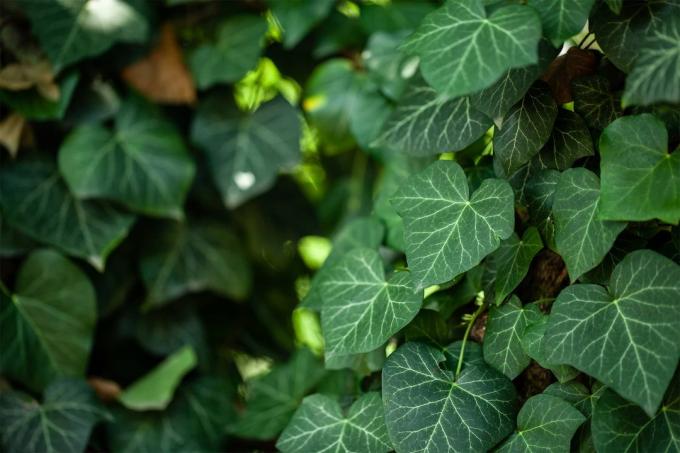
- Type of allergy: contact allergy, pollen allergy
- Symptoms: itching, skin irritation, pustules, hay fever
- Special feature: first flowering time only after min. eight years (adult tree form)
ivy (Epipremnum aureum)
Efeututes are considered an easy-care houseplant that can be used as an effective air purifier. Due to the allergens contained, make sure that you are sufficiently safe when caring for them.

- Type of allergy: contact allergy
- Symptoms: skin irritation, reddening of the skin, itching, pustules, nausea, nausea
- Special feature: contains allergy-causing calcium oxalate crystals that are excreted on the leaf surfaces
oak trees (Quercus)
Due to their frequency in Central Europe and the high amount of pollen, oaks are a nuisance for allergy sufferers. Due to their old age, the trees are a problem for allergy sufferers every year.
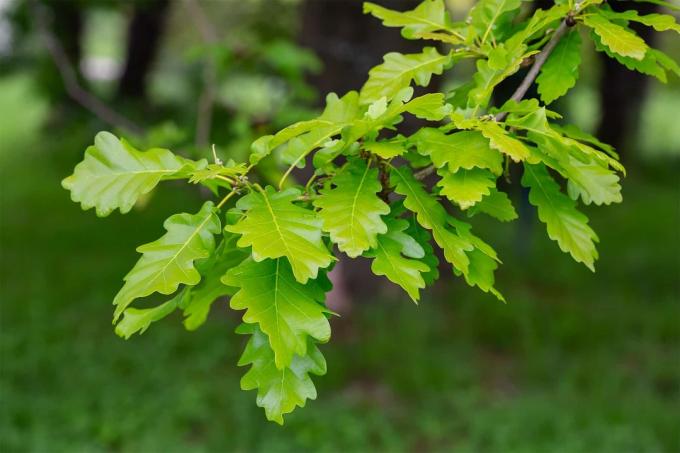
- Type of allergy: pollen allergy
- Cross allergy: birches, beeches, alders, hazelnuts, hornbeams, grasses
- Symptoms: hay fever, inflammation of the mucous membranes, itchy palate, asthma
- Season: March to July
alders (alnus)
Alders are among the trees that can trigger an allergy to early bloomers as early as the end of winter. Due to the early flowering period, alders are problematic for many allergy sufferers.

- Type of allergy: pollen allergy
- Symptoms: hay fever, reddening of the skin, wheal formation
- Season: late January to April
ash trees (Fraxinus)
Along with birches and alders, the ash is one of the typical trees that trigger allergies. However, the plants are only slightly allergenic, which means that allergies to ash pollen rarely occur.
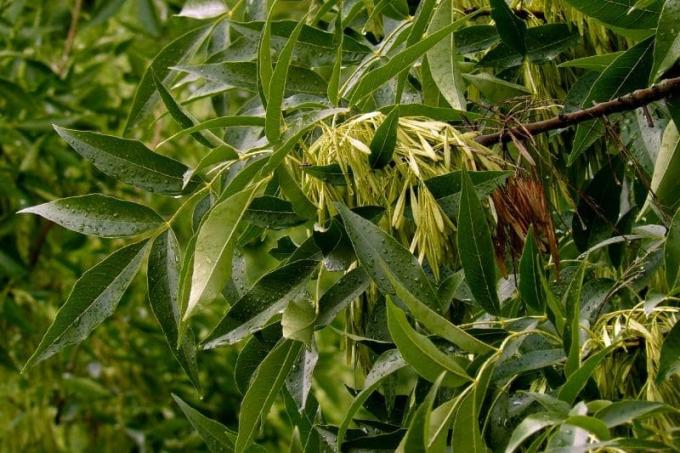
- Type of allergy: pollen allergy
- Symptoms: hay fever, bronchial asthma (rarely
- Season: January to mid-June
eucalypts (eucalyptus)
Eucalyptus trees, also known as blue gum trees, contain essential oils and other substances that can cause allergic reactions. They should therefore be cultivated with caution.

- Type of allergy: contact allergy
- Symptoms: runny nose, stuffy nose, swelling in the throat area, bronchial asthma, anaphylactic shock
- Special feature: allergic reaction often due to eucalyptus oil treatments
A notice: Use gloves, respirators, and safety goggles when caring for plants that cause allergies. This makes it much easier to prevent an allergic reaction.
G to K
rubber tree (Ficus elastica)
Rubber trees are among the most popular beginner plants because of their low-maintenance nature. Allergy sufferers should exercise caution with the evergreens.

- Type of allergy: contact allergy (latex), pollen allergy
- Symptoms: hay fever, bronchial asthma, conjunctivitis, reddening of the skin, rashes, itching
- Special feature: Pollen allergy is triggered by the smallest plant components
hazelnut (Corylus avellana)
For many, the hazelnut is not just a delicious nut and an appealing plant, but one of the worst allergy triggers. It is highly allergenic and should therefore be consumed with caution.
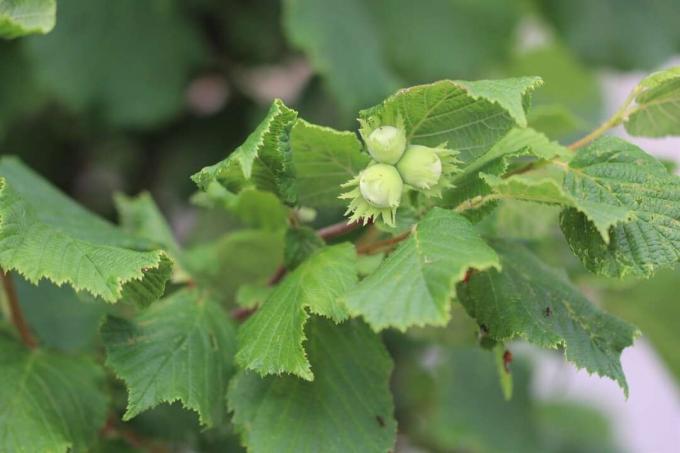
- Type of allergy: pollen allergy, food allergy, contact allergy (rare)
- Symptoms: hay fever, inflammation of the mucous membranes, itching of the palate and lips, asthma, swelling, reddening of the skin, difficulty breathing, problems with swallowing, anaphylactic shock
- Season: late December to early March
hyacinths (Hyacinthus)
Their blooms make hyacinths popular ornamental plants. Their popularity makes the asparagus family (Asparagaceae) a danger for allergy sufferers.
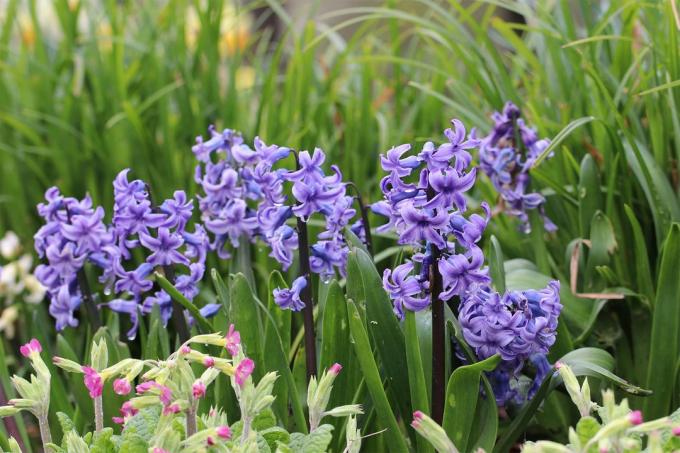
- Type of allergy: contact allergy
- Symptoms: skin reddening, skin irritation, blistering
- Special features: the scent can cause headaches in rooms
camomiles (matricaria)
For many, chamomile tea is one of those most popular drinks and the plants inspire with their aroma over the summer. But not everyone tolerates the plants due to the allergens they contain.

- Type of allergy: contact allergy, food allergy
- Allergen group: daisy family
- Symptoms: contact dermatitis, cough, shortness of breath, stomach upset, diarrhea, nausea, earache
L to O
larches (larix)
Larches are often not known as a typical allergy trigger. Due to their various allergy-causing substances the conifers (Coniferales) often underestimated by allergy sufferers.

- Type of allergy: pollen allergy, contact allergy (larch turpentine)
- Symptoms: hay fever, bronchial asthma (rare), skin irritation, redness, swelling
- Season: March to May
trees of life (thuja)
In German gardens, arborvitae are among the classics due to their dense growth and cut resistance. Arborvitae often cause allergies if cared for without proper precautions.

- Type of allergy: contact allergy
- Symptoms: skin redness, skin irritation, swelling, itching, rashes
- Special feature: poisoning after contact is also possible in sensitive people
lilies (Lilium)
Lilies are among the classics of the flower language, but not everyone can tolerate the ornamental plants. They are dangerous mainly because of their scent.
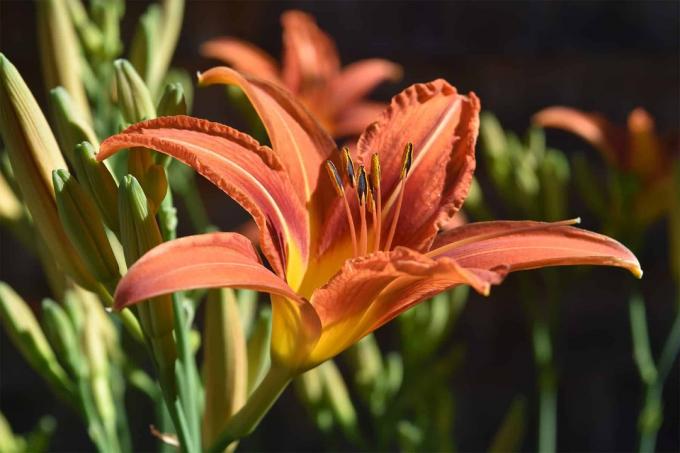
- Type of allergy: contact allergy, inhalation allergy
- Symptoms: skin redness, skin irritation, blistering, cough, runny nose, bronchial asthma,
- Special feature: Cut flowers also cause allergies
daisies (leucanthemum)
Marguerites are often planted in pots or directly outdoors. The attractive flowers are only conditionally suitable for allergy sufferers.
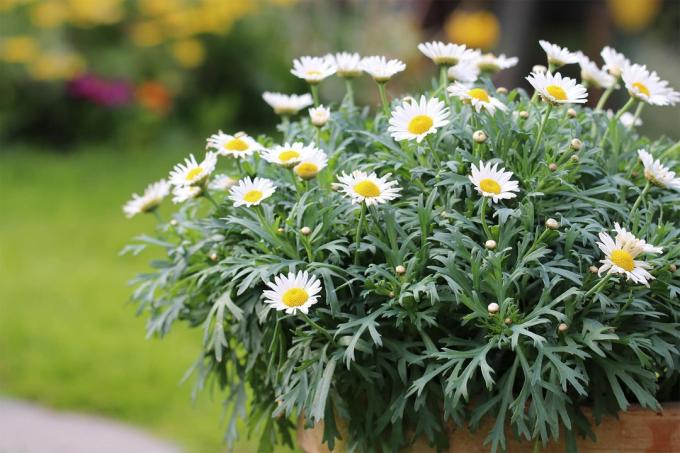
- Type of allergy: pollen allergy, contact allergy
- Allergen group: daisy family
- Symptoms: mild hay fever, itchy eyes, reddened skin, rashes, itching
- Season: mid-May to August
daffodils (narcissus)
Daffodils are as spring bloomers often found in flower boxes or outdoors and enchant with their bell-shaped flowers. The allergens contained are quite aggressive and dangerous for many allergy sufferers.

- Type of allergy: contact allergy
- Symptoms: skin redness, skin irritation, eczema, rashes
- Special feature: Daffodils are poisonous in all parts of the plant
olive tree (Olea europaea)
Olive trees are true trend trees, which can be found more and more in Germany due to their growth and the possible fruit yield. An unexpected allergy trigger is often hidden behind the olive trees.
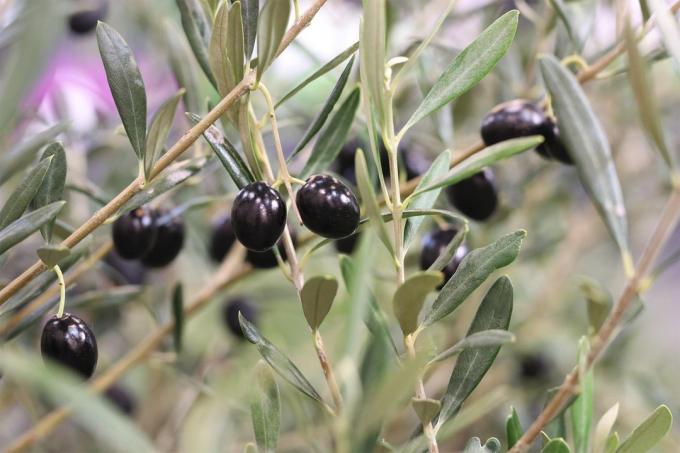
- Type of allergy: pollen allergy
- Symptoms: hay fever, inflammation of the mucous membranes, asthma
- Season: from May (duration depends on region)
- Special feature: flowers only after 6 to 8 years
orchids (Orchidaceae)
Attractive, available in numerous colors and attractively integrated into the ambience, orchids are a popular houseplant. At improper care an intense allergic reaction may occur.
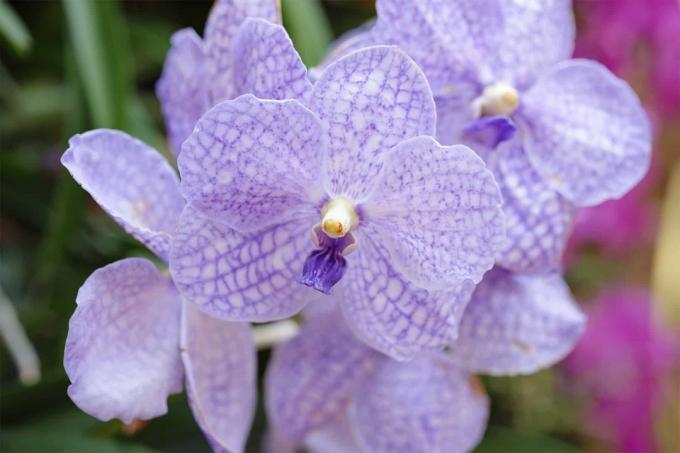
- Type of allergy: contact allergy
- Symptoms: reddening of the skin, itching, swelling, pustules, weeping and scaly skin
- Special feature: allergy intensity regardless of the type
A notice: Even bonsai can cause allergies if you use allergy-causing plants as a base. Since many bonsai are in bloom, pollen allergies, for example, are possible.
P to T
pampas grass (Cortaderia selloana)
Attractive flower fronds and numerous possible uses. The pampas grass is not only an attractive ornamental grass in the garden, but the plant can also trigger allergies.

- Type of allergy: pollen allergy
- Symptoms: hay fever, inflammation of the mucous membranes, itchy palate, asthma
- Season: late July to winter (depending on the region)
primroses (Primula)
Primroses are an often-overlooked hazard for allergy sufferers in the garden. They are highly allergenic and should only be cared for with adequate protection.

- Type of allergy: contact allergy
- Symptoms: skin redness, skin irritation, rashes, itching
- Special feature: Touch Me varieties do not contain any allergens
Giant Bear Claw (Heracleum mantegazzianum)
The giant hogweed is feared because of the furanocoumarins it contains, since the substances nullify the skin's natural UV protection, leading to sunburn and even second through third burns grade leads. As an allergy trigger, the plant is also not to be trifled with.

- Type of allergy: contact allergy
- Symptoms: headache, fever, circulatory problems, reddening of the skin, itching, swelling
- Special feature: Effect also possible for non-allergy sufferers
Spicy buttercup (Ranunculus acris)
The common ranunculus is an often overlooked plant, but it shouldn't be underestimated. During the flowering period, it is uncomfortable for allergy sufferers.

- Type of allergy: pollen allergy
- Symptoms: hay fever, inflammation of the mucous membranes, itchy palate, asthma
- Season: mid-April to May
knotweed (fallopia)
Along with ragweed, knotweed is one of the often underestimated allergy triggers. They are not known to everyone, which often leads to allergic reactions, especially if they are cultivated in your own garden.

- Type of allergy: pollen allergy
- Symptoms: hay fever, inflammation of the mucous membranes, itchy palate, asthma
- Season: mid-July to winter (depending on the region)
tulips (tulipa)
Tulips can be recognized by their characteristic calyx, which immediately catches the eye. It is imperative that you watch out for allergic reactions when caring for them.
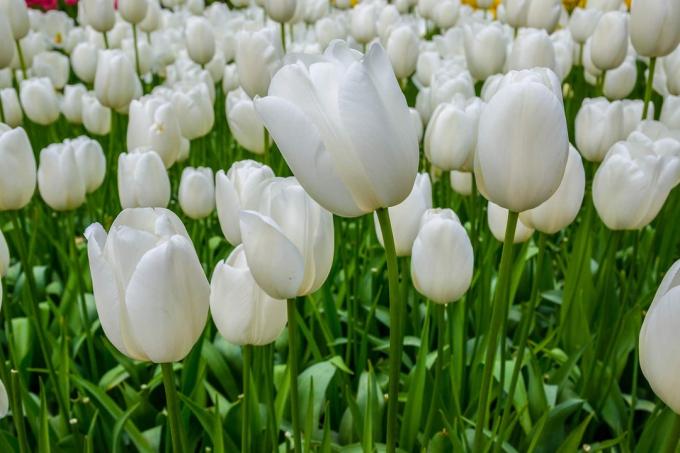
- Type of allergy: contact allergy
- Symptoms: itching, reddening of the skin, severe blistering
- Special feature: allergic reactions with increased contact are called "tulip fingers".
W to Z
plantains (plantago)
Typical plants that you can find everywhere include plantains. Although they only have a small amount of pollen, they still trigger allergic reactions.
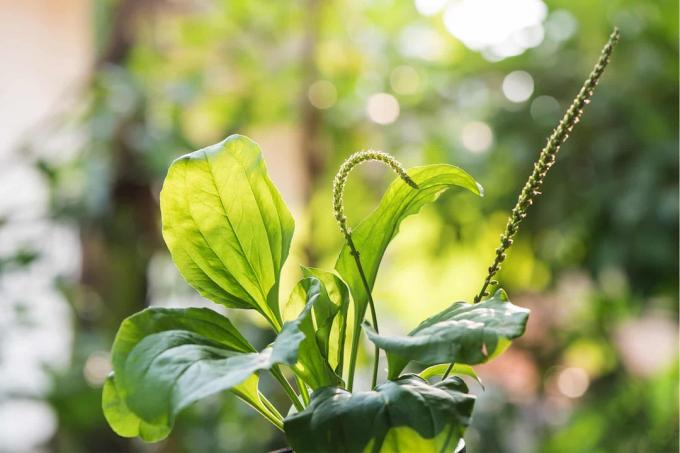
- Type of allergy: pollen allergy
- Symptoms: hay fever, inflammation of the mucous membranes, itchy throat and palate, asthma
- Season: May to mid-August
Christmas cactus (Schlumbergera)
The articulated cactus impresses with its flowers and the fleshy leaves immediately catches the eye. When caring for it, you need to pay attention to the juices of the plant, since they can cause allergies.
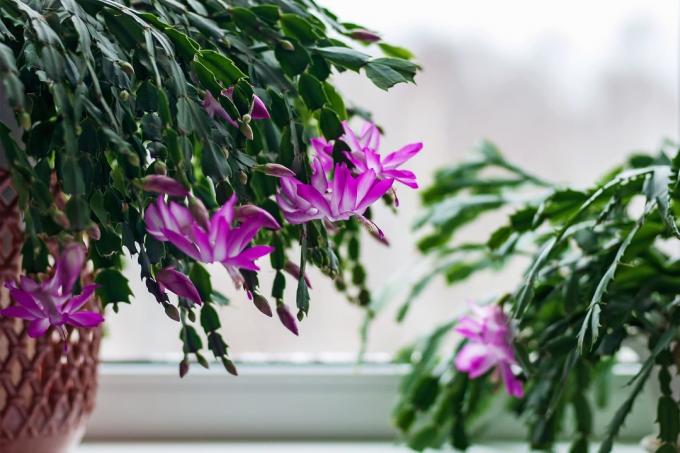
- Type of allergy: contact allergy (latex)
- Symptoms: runny nose, inflammation of the mucous membranes, reddening of the skin, swelling, rashes, shortness of breath, anaphylactic shock
- Special feature: allergens are rarely absorbed through house dust
Christmas star (Euphorbia pulcherrima)
The poinsettia, which belongs to the spurge, is a classic during the Advent season. Due to the plant juices it contains, allergic reactions can occur when caring for the plant.

- Type of allergy: contact allergy (latex)
- Symptoms: runny nose, reddening of the skin, swelling, rashes, shortness of breath, diarrhea, vomiting, exhaustion, drowsiness, anaphylactic shock
Yucca Palms (Yucca)
If you are a fan of Yucca Palms are, you should exercise caution. The plants can cause allergies.

- Type of allergy: contact allergy
- Symptoms: reddening of the skin, itching, swelling, pustules
- Special feature: allergy-triggering plant juices can get onto the upper side of the leaves
A notice: Dust houseplants with large leaves such as monstera (Monstera) regularly to prevent dust from settling on them. The dust has a positive effect on the number of house dust mites in your premises.
cedars (Cedrus)
Cedars are a popular ornamental conifer in Central Europe, which can be attractively integrated due to the different species. Some people are allergic to the attractive trees.
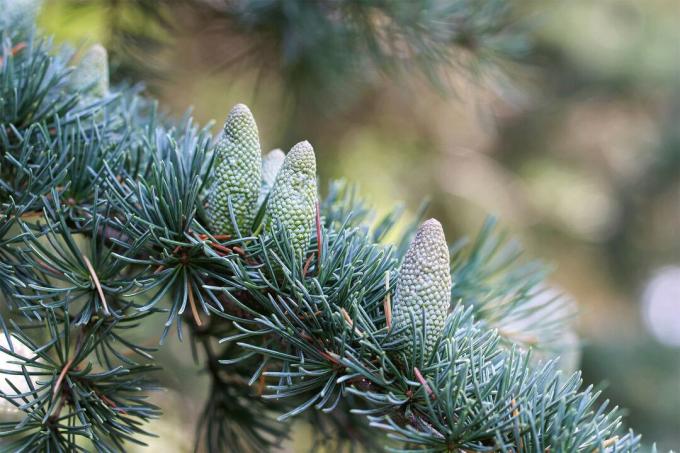
- Type of allergy: pollen allergy
- Symptoms: hay fever, inflammation of the mucous membranes, itchy throat and palate, asthma
- Season: September to October
frequently asked Questions
In the case of mild or local reactions, it is sufficient to wait. However, if a severe reaction or anaphylactic shock occurs, appropriate agents such as an antihistamine or epinephrine should be used if available. The person concerned should remain calm and consult a doctor or the hospital.
The reason is mold. Continuous damp soil begins to mold and the spores can spread in space. The mold spores can cause numerous allergic reactions such as sneezing, coughing or headaches.
Thirsty plants use more water and release a large part of the absorbed moisture back into the room via the leaves. This helps prevent the air in the room from becoming too dry, which has a positive effect on allergic reactions. There are also allergy-friendly plants such as roses (Rosa), mountain palms (Chamaedorea elegans), violets (Viola) and hemp plants (Sansevieria).
